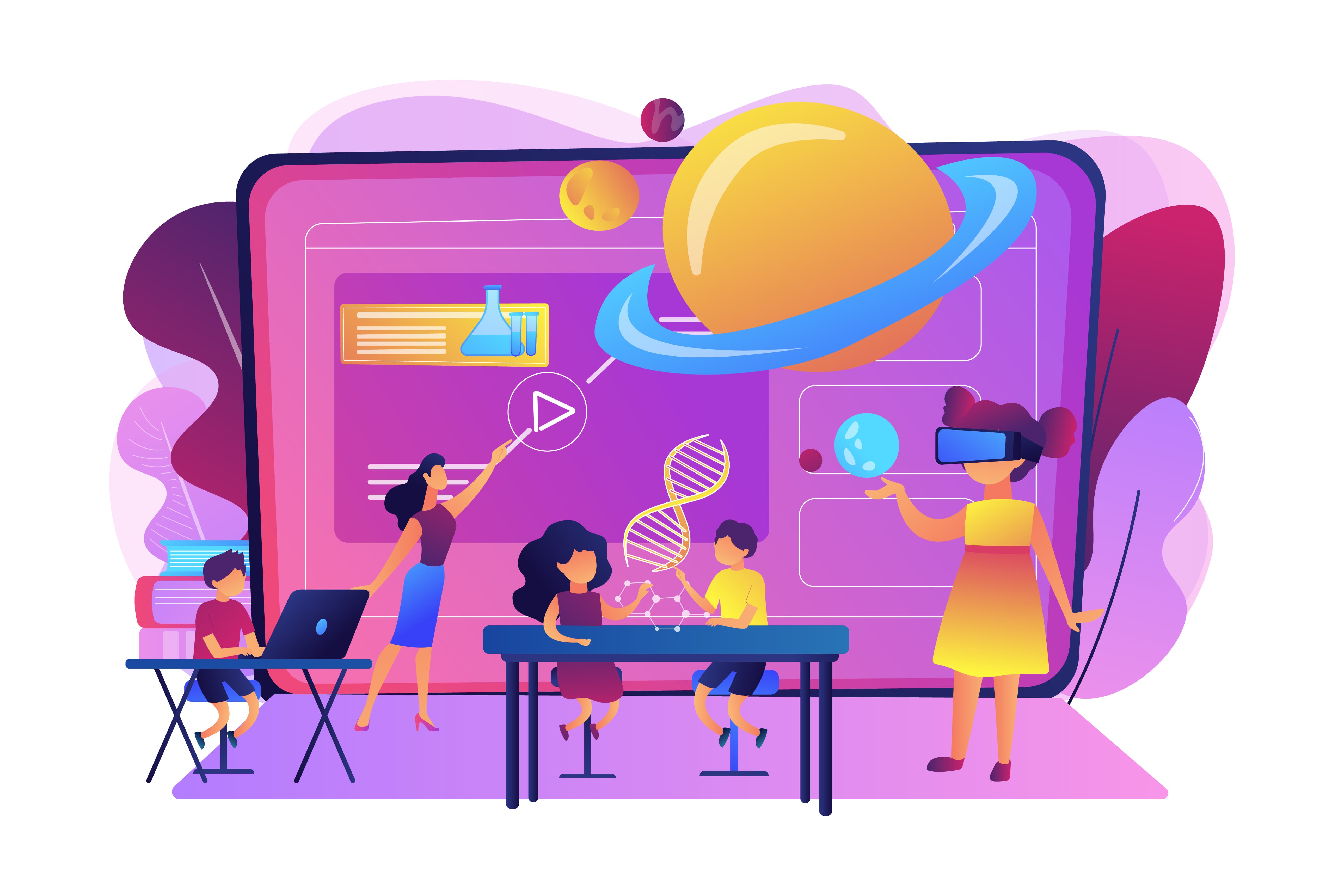India is reshaping support for its vast informal workforce through e-Shram, a national database built to connect millions of people to social security and better job prospects.
The database works together with the National Career Service portal, and both systems run on Microsoft Azure.
AI tools are now improving access to stable employment by offering skills analysis, resume generation and personalised career pathways.
The original aim of e-Shram was to create a reliable record of informal workers after the pandemic exposed major gaps in welfare coverage. Engineers had to build a platform capable of registering hundreds of millions of people while safeguarding sensitive data.
Azure’s scalable infrastructure allowed the system to process high transaction volumes and maintain strong security protocols. Support reached remote areas through a network of service centres, helped further by Bhashini, an AI language service offering real-time translation in 22 Indian languages.
More than 310 million workers are now registered and linked to programmes providing accident insurance, medical subsidies and housing assistance. The integration with NCS has opened paths to regulated work, often with health insurance or retirement savings.
Workers receive guidance on improving employability, while new features such as AI chatbots and location-focused job searches aim to help those in smaller cities gain equal access to opportunities.
India is using the combined platforms to plan future labour policies, manage skill development and support international mobility for trained workers.
Officials also hope the digital systems will reduce reliance on job brokers and strengthen safe recruitment, including abroad through links with the eMigrate portal.
The government has already presented the platforms to international partners and is preparing to offer them as digital public infrastructure for other countries seeking similar reforms.
Would you like to learn more about AI, tech and digital diplomacy? If so, ask our Diplo chatbot!









